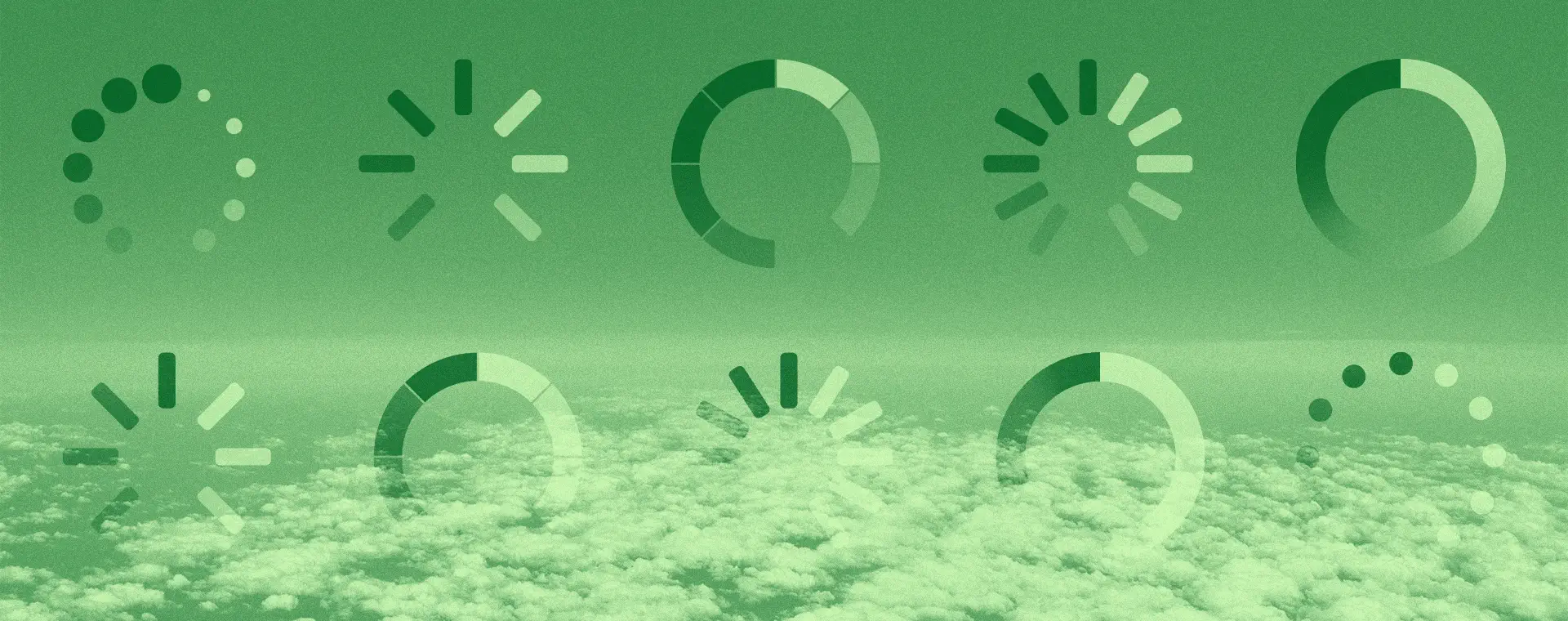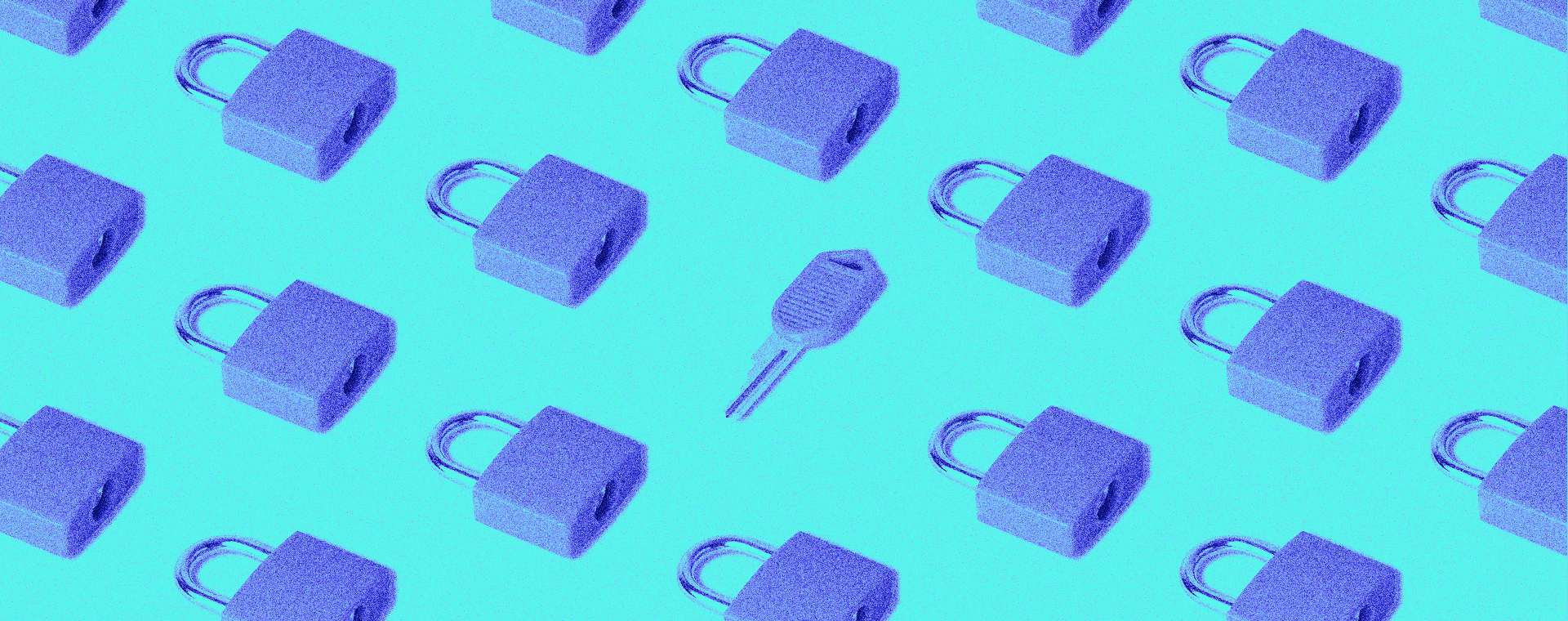In the world of digital marketing, trends come and go, but when your desire to be trendy trumps how users find and interact with your website – your website (and business) could be in serious trouble. While one-page websites have their place in the world-wide-web (think new startups), for the majority of businesses, one-page websites do more harm than good. Why should you stick with the tried-and-true multi-page site instead of the faddy (yeah, we said it) one-page website? We break it down below.
[/intro]
SEO Fail
One-page websites fall seriously short when it comes to delivering on SEO. Why? Simply put, Google loves content. One-page websites on the other hand inherently lack content, which can translate into an overall lack of keywords and keyword relevance. If going the one-page route, in order to keep the site user-friendly and in line with best UI practices, you’ll no doubt have to make content sacrifices. To add insult to injury, one-page websites don’t follow fundamental SEO best practices. Blogs are a no-go. Meta-descriptions? Who needs those. Unique title tags? SE-no.
Information Hierarchy Nightmare
Information hierarchy can be difficult and time-consuming to organize on a multi-page website project, but is amplified tremendously with one-page web design. Not only will you have to balance the office politics of putting the corporate vision above the sales pitch, but you’ll be forced to trim the fat – and frankly fat (in small doses) is delicious. Your users want to learn about your values, your mission, if you are hiring and what it’s like to work with your company – but you’ll simply be unable to build a well designed one-page website with in-depth information.
Sad Social Sharing
While it’s easy to share a one-page website, sharing specific content on social is impossible. Once you share, you have to cross your fingers that your users will scroll through your website to find the content you posted. Sorry, hiring announcements, new blog posts and new content.
Insightless Analytics
One-page website analytics are meaningless. Without data on scrolling behaviour, you’ll have no information on how users are interacting with your site. If time on your site is low, you’ll be shooting in the dark on how to optimise. If your conversion rate is low, you won’t know where to start. On the flip side, with a multi-page site if bounce rate is high (or conversion is low) for a given page, you’ll know that you’ll need to do some optimisation work on that specific page. You can make meaningful insights, instead of guesswork and create tests with results and outcomes.
In our opinion, 100% bounce rate is never a good sign – sorry one-page websites.








